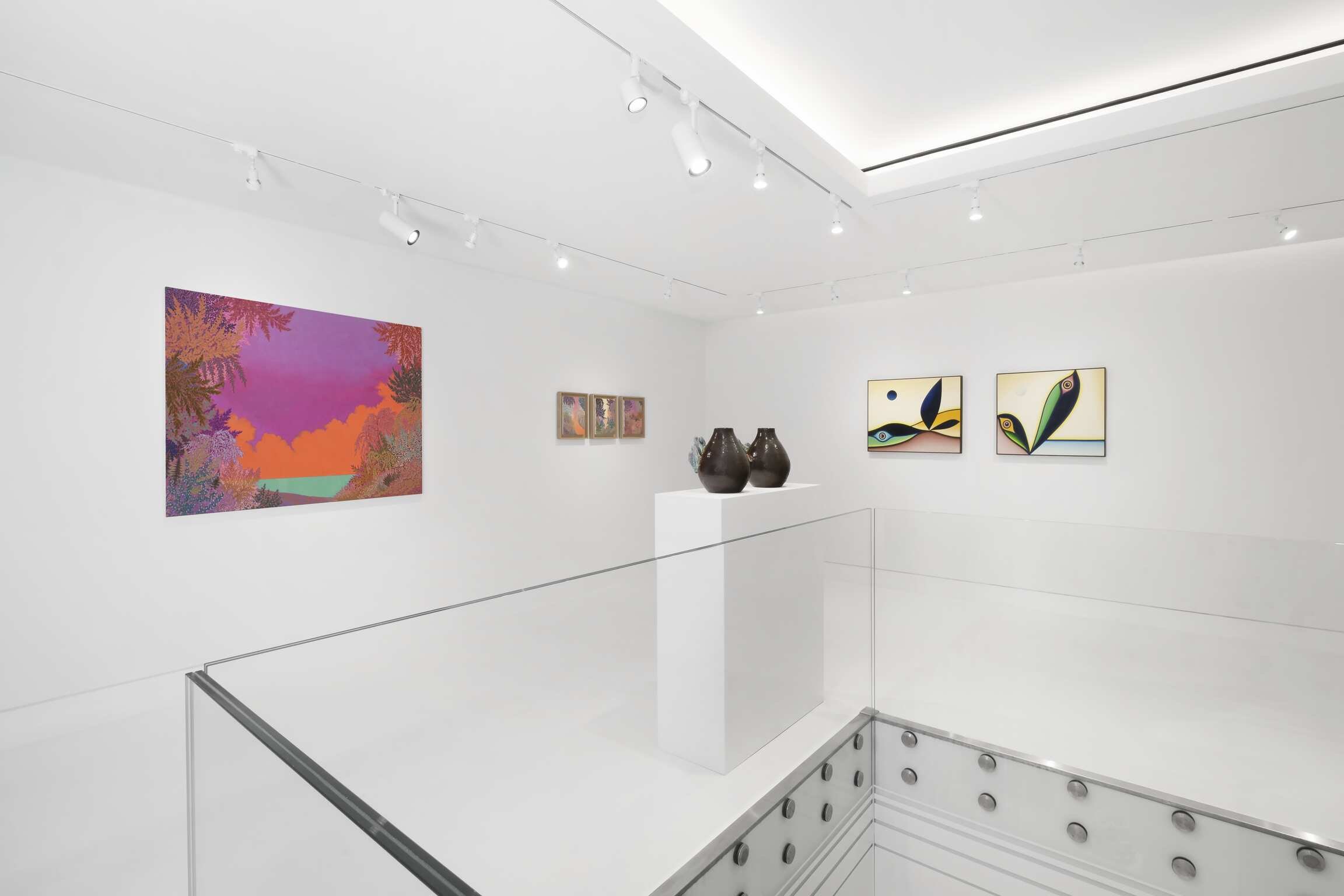NATURE’S REFLECTIONS
Almine Rech Monaco is pleased to announce a group exhibition entitled Nature’s Reflection. The artworks are an invitation to reflect on the cultural conditioning of our own gaze, to pay attention to what usually escapes us or remains invisible.
July 2 - August 24, 2024
Constricted within a dual vision, the Western concept of nature has long been defined by two attitudes: Orphic and Promethean. While the former advocates that humans should rekindle their bond with nature – not as a denial of its evolution but more as an assertion of a renewed communion between species, the latter defends a positivist ideology of controlling it.
The works, such as Miquel Barceló's paintings, with no horizon and infinite light variations, present an art form that plays with reflecting surfaces and a shifting gaze. Beyond the anthropocentricism and instrumental thoughts that alienate life on earth, these works draw on the language of matter, not with an aim to sacralise nature or set in a reassuring sublime landscape framework, but indeed to decentralise mankind from its dominating position.
This is the case of Barceló's ceramics, which explore the life of matter and of the elements, while trying to follow its swell, decay and altering effects, or of the Belgian sculptor Johan Creten's fabulous bestiary, where everything is swarming, breathing and perspiring. Everywhere, movement frozen by fire forms a loop that revives age-old eras and imagines stories beyond the facts.
Thu Van Tran's drawing series Trail Dust addresses our relationship with historical, economic and political memory. Behind the poetic title evoking an atmosphere, there is actually destruction at play, reducing nature to ashes. Trail Dust was indeed the code name given by the US army to its deadly spraying of rainbow herbicides during the Vietnam War. In answer to this sugar-coated colonial language, Tia-Thuy Nguyen's works display shimmering skies.
Eric Croes's mirrors bring us back to our very condition as moderns, locking the view into a loop. These same eyes, the livings' ocular globes, are also found in Anthony Miler's pared-down pictures. From still lifes to Romantic landscapes, the way art history has dealt with nature is telling of how we have considered our ecosystems: inert, hostile, sublime, ornamental, exploitable.
Reintegrating the notion of cycle, Ugo Rondinone's polyurethane mask MOONRISE aims to reverse the order of things and perspectives, while Gregor Hildebrandt furthers the recycling process with Flore, a mosaic made with cut vinyls and scattered with coins.


